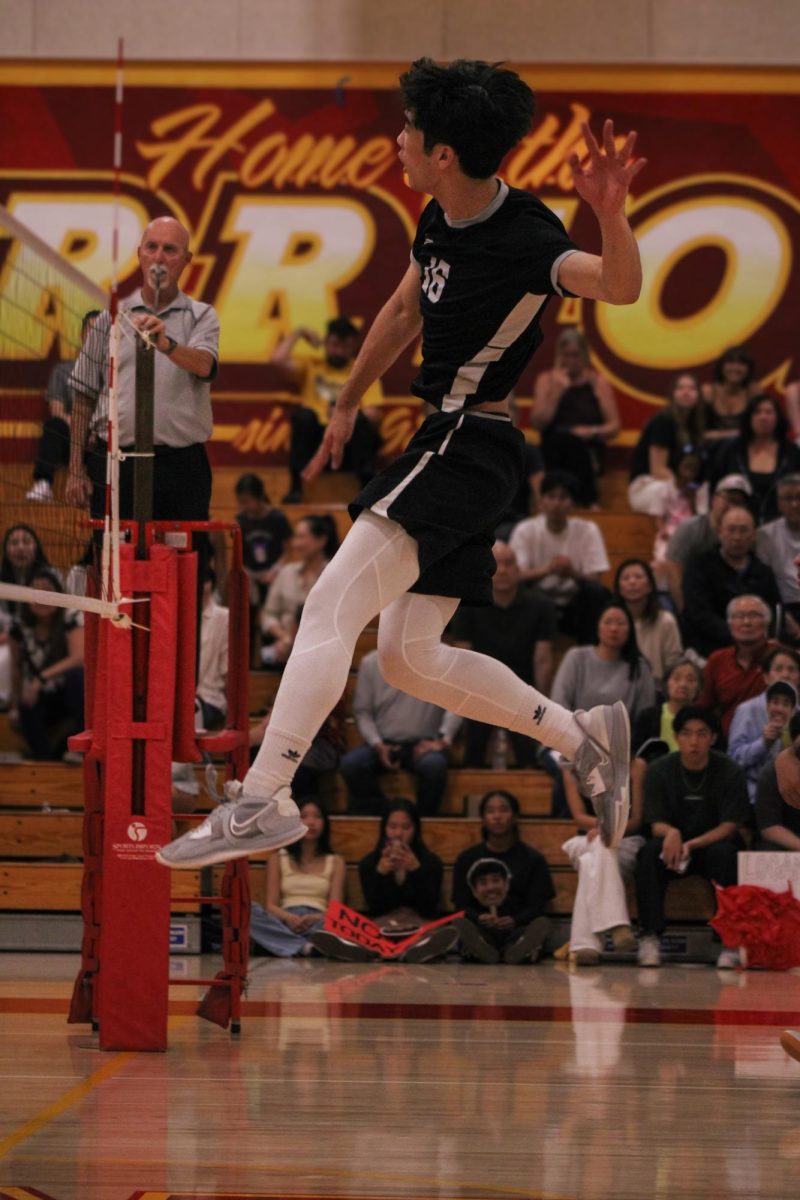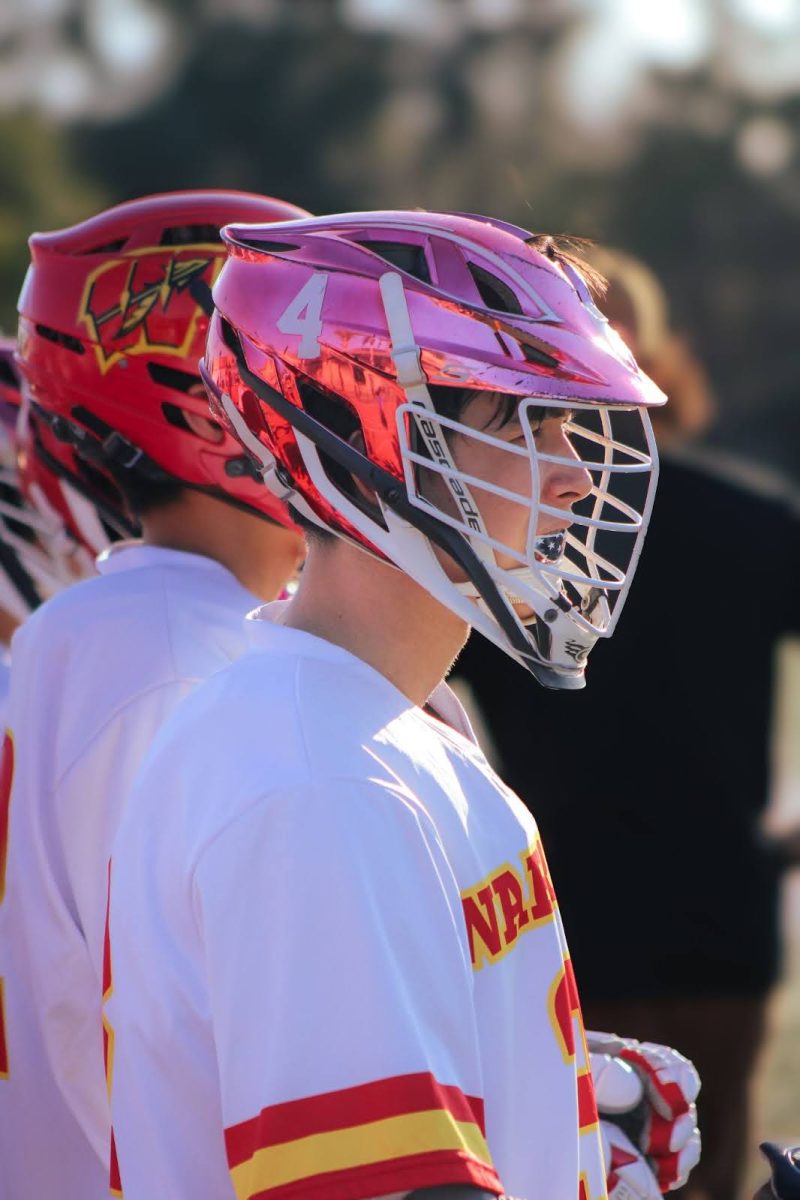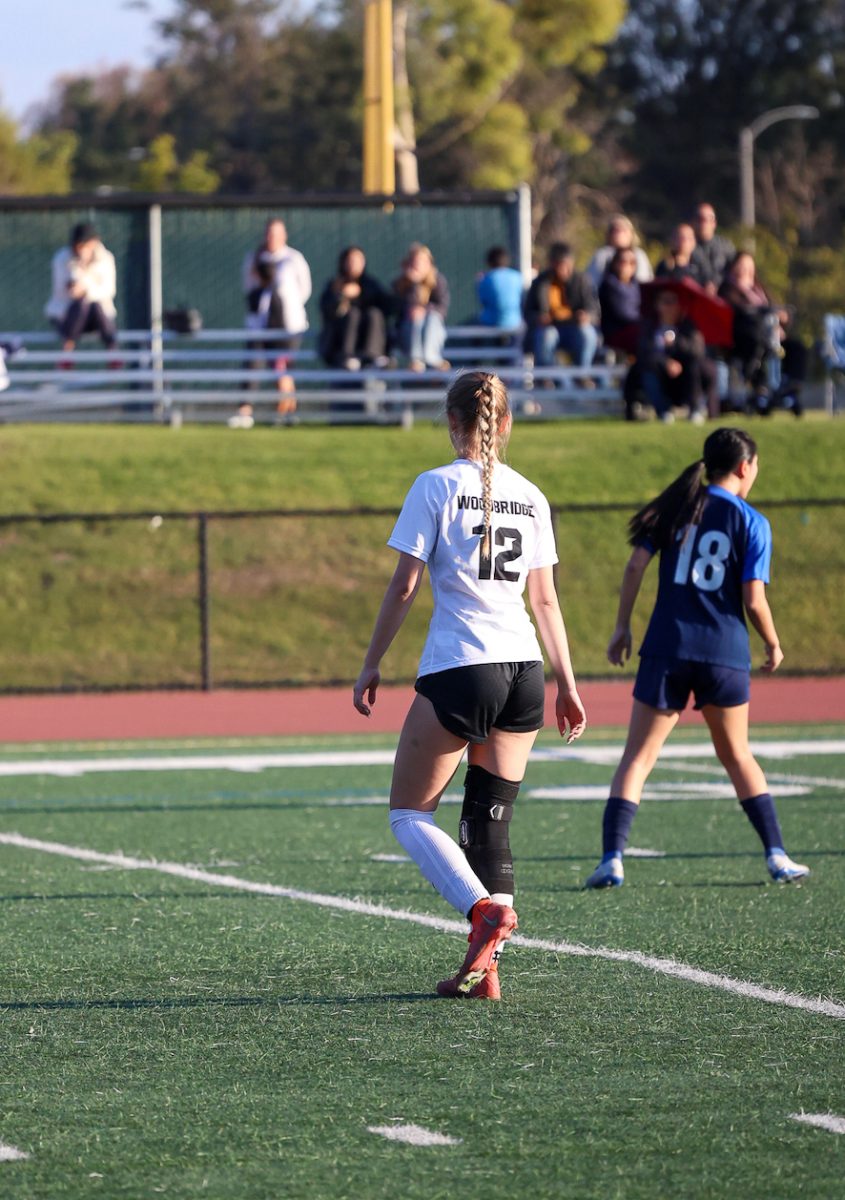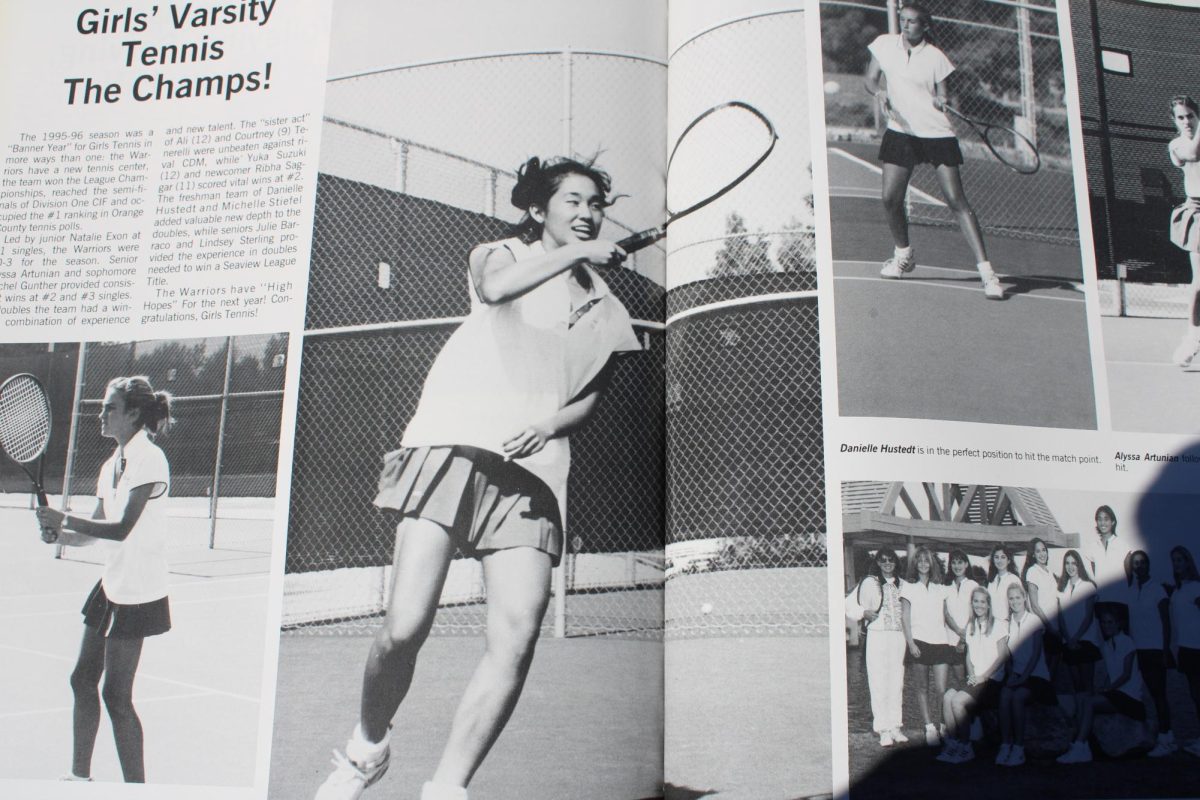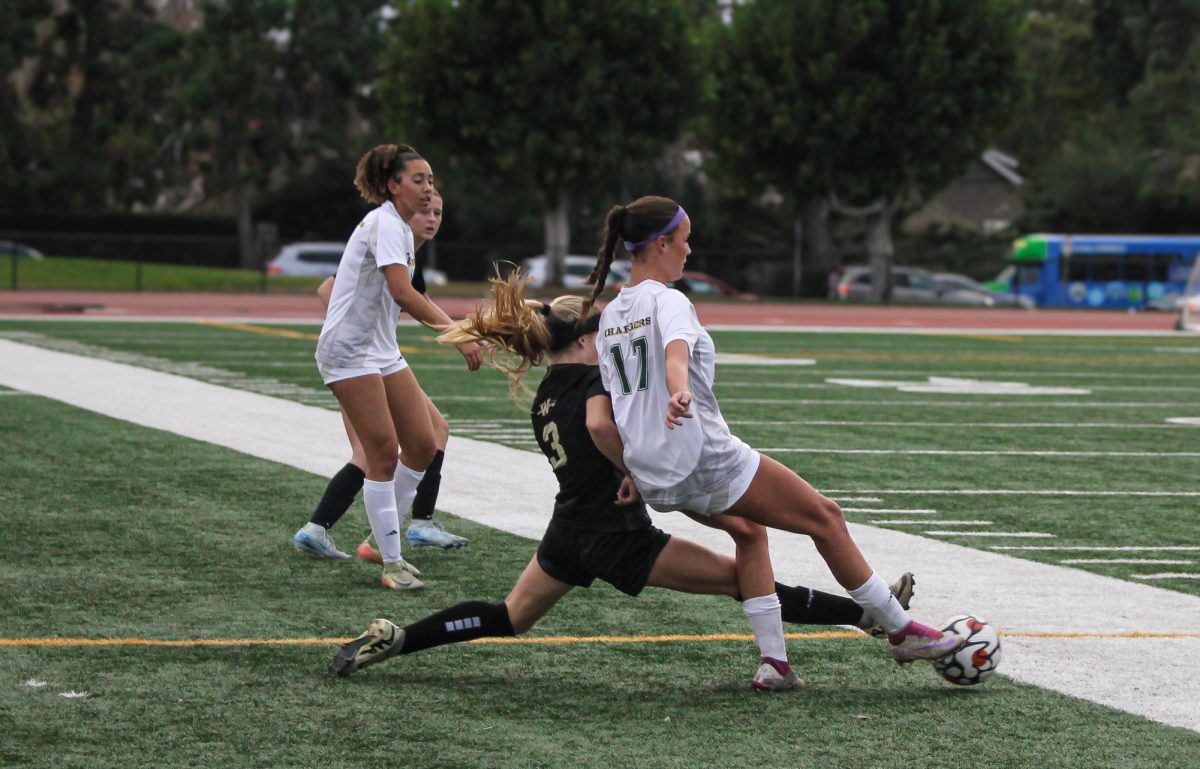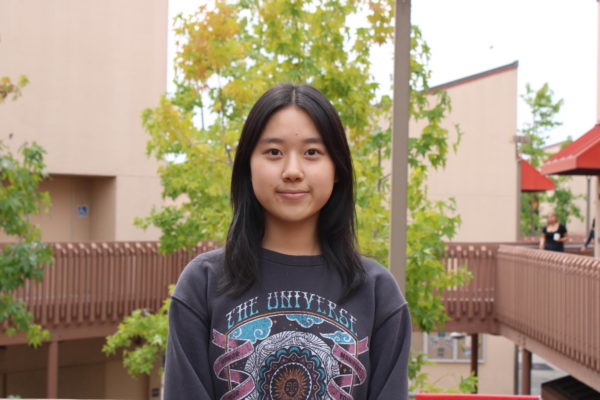Come March, the college basketball world hosts one of the biggest sporting events of the year, the National Tournament, or more commonly known as March Madness. Sanctioned by the National Collegiate Athletic Association (NCAA), the tournament earned its nickname due to its exciting action and unpredictable results, and that it is of course played annually in March. Every year, 64 of the top college teams in the country are split into four regions and seeded (ranked) from 1 to 16, with the highest seeds playing the lowest seeds in the first round. Every year, the NCAA runs two March Madness tournaments side by side, one for men’s teams and the other for women’s. Both tournaments always find a way to grip fans with intriguing storylines and thrilling play from programs hungry for their chance at the title. While this year the women’s tournament overshadowed the men’s in popularity and intrigue, headlined by stars such as Caitlin Clark, Angel Reese and Paige Bueckers, this article will be addressing specifically the men’s tournament. In the history of the contest, there have been many underdog or “Cinderella,” stories, where a low seeded team will shock the world with a deep tournament run. With the 1st-seeded UConn Huskies winning their second straight tournament this year, let’s take a moment to remember some of everybody’s favorite underdogs from men’s March Madness of years past. Below is a list of 10 of the biggest and most memorable Cinderellas, ordered by most to least recent.
2024 NC State Wolfpack:
While maybe not the most iconic Cinderella story, it feels fitting to pay homage to such a recent team, especially one with such an intriguing story as the Wolfpack’s. Finishing the regular season 10th in their conference, North Carolina (NC) State were considered long shots to make the National Tournament. However, a surprise run in the Atlantic Coast Conference Tournament secured them the automatic bid awarded to each conference tournament winner. Even once they were in the 64 team pool, few gave the 11th-seeded Wolfpack much of a chance. But a first round upset of Texas Tech set the pieces in motion for an incredible run, which saw NC State take down title favorites such as 2nd-seeded Marquette and 4th-seeded Duke, earning them a spot in the tournament’s Final Four. While the Wolfpack’s joyride came to an end at the hands of Purdue in the National Semifinals, it was still an impressive run, and the school’s first appearance in the Final Four since 1983.
2022 St. Peter’s Peacocks:
With the nature of March Madness being as unpredictable as it is, low seeded teams making surprise runs aren’t that uncommon. However, in 2022, St. Peter’s, a small college from New Jersey, made an especially magical run as a 15th seed. The run began with the biggest upset, taking down 2nd-seeded Kentucky in the first round in a wild 85-79 overtime win. From there, the Peacocks kept on winning, getting to the Elite Eight of the tournament with a thrilling three point win over 3rd-seeded Purdue in the round of 16. St. Peter’s was dispatched rather unceremoniously, with a 20 point loss to eventual championship runner ups University of North Carolina (UNC); however, they still stand as one of the biggest underdog stories in the tournament’s history, as the lowest seed to ever make it as far as they did.
2018 Loyola-Chicago Ramblers:
One of the more memorable tournament runs of the past decade came from 11th-seeded Loyola-Chicago in 2018. The Ramblers’ run stood out in particular due to the relative obscurity of their school’s basketball program, and the overwhelming support and passion of their fans. The team’s chaplain, then-98-year-old Sister Jean Dolores Schmidt, became an iconic image of the school’s run. The Ramblers began stirring up hype after their first two victories over 6th-seeded Miami in the first round and 3rd-seeded Tennessee in the second. Fueled by widespread support from hardcore and casual fans alike, Loyola-Chicago made it to the Final Four. Unfortunately, the Ramblers reached the end of the line against the University of Michigan, suffering a 69-57 defeat. While no members of the team reached the professional level, Loyola-Chicago succeeded due to a balanced team effort, and maybe just a little bit of that March magic, to pull off a run to be remembered for years to come.
2011 Butler Bulldogs:
Butler stands as one of the most interesting teams that we’ll discuss in this list. Unlike many of their Cinderella story counterparts, Butler was no unknown program at the time, and no stranger to tournament action. The Bulldogs had lost in the National Championship just the year prior in heartbreaking fashion to Duke. Their best player, Gordon Hayward, was headed to the pros, but Butler was still expected to be good. They finished first in their conference, but at the time Butler was in the lower division Horizon Conference, causing them to be only awarded an 8th-seed. While their seeding was not as low as some other teams on this list, Butler’s run is especially memorable due to just how many close calls they had. They barely took down Old Dominion in the first round 60-58, before upsetting top-seeded Pittsburgh 71-70 in the next round in a wild finish. Despite barely hanging on in these games, the Bulldogs continued finding ways to win. They had another nail-biter in the Elite Eight but again stayed alive with a 74-71 overtime win against Florida. They then took down 11th-seeded VCU in the National Semifinals, who were on a Cinderella run of their own. Before anyone knew it, Butler was in the Championship yet again, trying to tie for the lowest seed ever to win it all. While the Bulldogs came up short in the big game for the second year in a row, their run will be remembered for a long time due to the thrilling action that ensued.
2008 Davidson Wildcats:
Davidson, a small college in North Carolina not known at all for basketball, has never won a National Championship in the sport, and for that matter never reached the Final Four. However, they certainly came close in 2008, led by a relatively unknown and little-recruited point guard, Stephen Curry. Over a decade before he would be the National Basketball Association’s (NBA’s) all-time leader in three-pointers made, Curry led the 10th-seeded Wildcats to an iconic appearance in the NCAA Tournament’s Elite Eight. Perhaps most impressive about Davidson’s run is the caliber of teams they had to face. After overcoming 7th-seeded Gonzaga in the first round, the Wildcats felled two of the biggest powerhouses of the tournament, 2nd-seeded Georgetown and 3rd-seeded Wisconsin, in the following rounds, the latter of which Davidson beat by a resounding 73-56 score. Curry and company came up short in the Elite Eight against top-seeded Kansas, but the small program’s moment in the spotlight remains especially memorable. It put Curry on the map, making him a highly sought-after NBA pick following his junior season. Davidson has not advanced past the second round of the tournament since their 2008 run.
2006 George Mason Patriots:
One of the first big underdog runs of the 21st century, the Patriots began March Madness as an 11th seed. Although they only lost seven games in the regular season, due to the weaker reputation of their conference—the Colonial Athletic Association—the tournament selection committee had them as a double-digit seed. However, when the tournament started, the Patriots defied expectations. Kicking things off with a victory over 6th-seeded Michigan State, George Mason went on a tear, taking down 3rd-seeded UNC and 7th-seeded Wichita State. The Patriots overcame their biggest test in the Elite Eight, narrowly defeating 1st-seeded Connecticut 86-84, sending George Mason to the Final Four. Despite the Patriots’ run abruptly coming to an end against Florida, a three-seed, for a roster of novice players, it was an amazing show of resilience and determination. The Patriots were the first double-digit seed to make the Final Four since 1986, and they have yet to match their effort from 2006.
1999 Gonzaga Bulldogs:
On face value, Gonzaga’s run in 1999 isn’t quite as iconic as some of the others on this list, but their charge to the Elite Eight as a 10th seed would transform them from an obscure program to a perennial powerhouse. The run itself had some impressive moments, including their second-round defeat of 2nd-seeded Stanford and their narrow 73-72 win over 6th-seeded Florida just a round later. The Bulldogs were sent home after reaching the Elite Eight, falling to a powerhouse Connecticut team that featured future NBA talents such as Richard Hamilton. However, the ripple effect that their run had on the future of their basketball program would be monumental. Prior to their 1999 appearance, Gonzaga was a relatively unknown basketball school that had only made the tournament once before, four years prior in 1995. Since their Cinderella run in ‘99, the Bulldogs have reached March Madness every year since, even making the championship game in 2017 and 2021, and are now considered a top landing spot for NBA prospects.
1986 LSU Tigers:
In the history of the tournament, six 11-seeds have appeared in the Final Four. No lower seed has ever made it that far. Of those six, Louisiana State (LSU) was the first, and not only that, the first double-digit seed to reach the National Semifinals. While the team would end up having three players go on to appear in the NBA, LSU had only a modest regular season, finishing 5th in the Southeastern Conference. However, upon the tournament,, the Tigers found their mojo at the right time. After a tight 94-87 win in double overtime against Purdue, the tone was set for LSU’s impending run. Not only were the Tigers the first double-digit seed to reach the Final Four, they remain the only team to ever beat a one-seed, two-seed and three-seed in the same tournament. After beating 3rd-seeded Memphis in the second round, 2nd-seeded Georgia Tech in the round of 16 and 1st-seeded Kentucky in the Elite Eight, the Tigers faced another high-ranked seed in 2nd-seeded Louisville. Although LSU failed to pull off another victory, losing 88–77, their historic run set the precedent for the underdogs to follow in their footsteps.
1985 Villanova Wildcats:
Despite the threat of disownment from my Georgetown alum father, whose team lost to the Wildcats in the ‘85 championship, this Villanova team just had to be included due to how historic their run was, and still is. To this day, the 8th-seeded Wildcats remain the lowest seed to ever win the NCAA Men’s Tournament. After a close call against Dayton in the first round, Villanova went on to take down national powerhouses, such as top-seeded Michigan, 2nd-seeded North Carolina and eventually 2nd-seeded Memphis in the Final Four. Despite their impressive run, the Wildcats were still considered massive underdogs against Georgetown, a team that featured five future pros including future Hall of Fame center Patrick Ewing. Despite all of this, Villanova overcame the adversity for a stunning 66-64 win, in a performance dubbed as “The Perfect Game.” Known to this day as one of the biggest upsets in college basketball history, the Wildcats prevailed despite being marked as plus-9.5-point underdogs. While a number of other 8th-seeds have reached the championship game since, none have been able to match Villanova’s stunning achievement.
1979 Penn Quakers:
1979 is a benchmark year in the NCAA’s history, as it was the first rendition of the tournament to introduce a seeding system. Penn, named a 9th-seed, therefore could be considered the first true “Cinderella” team as we know them today, making an unexpected run to the National Semifinals. The Quakers had also made the Final Four the year before, but with the advent of seeding, their run in ’79 held even more significance. While by today’s standards the 9th seed is not especially low, back in 1979, there were only 10 seeds per region, making Penn the equivalent of a 14 or 15 seed today. In their run to the Final Four, the Quakers overcame a top-seeded UNC team, taking down 2nd-seeded Michigan State to book their ticket to the semifinals. Penn’s historic run ultimately ended at the hands of 2nd-seeded DePaul by a narrow score of 96-93. Even so, the Quakers remain a historic underdog in the tournament’s history and are the last Ivy League team to ever reach the Final Four.
Honorable Mentions: 2018 UMBC Retrievers & 2023 Fairleigh Dickinson Knights:
While both teams only made it as far as the second round, a list of this nature would not be complete without at least mentioning these two squads. Since the field of teams was expanded to 16 per region in 1985, the University of Baltimore-Maryland County (UMBC) and Fairleigh Dickinson University (FDU) are the only two 16-seeds to ever upset a 1-seed in the first round. When UMBC did it in 2018, it marked the first occurrence of such a win in the 33 years of the 16th seed’s existence. It was just the second time the school had ever made the tournament and nobody gave them anything close to a chance against the powerhouse Virginia Cavaliers. However, UMBC had the game tied at halftime and dominated the second half for a stunning 74-54 win (interestingly, Virginia would go on to win it all just the next season). The magic ended for the Retrievers in the second round at the hands of Kansas State, but it opened the door for such a win to happen again five years later. Similarly, FDU was a relatively unknown team making a rare appearance in the National Tournament, facing off against a dominant opponent in Purdue. While their game was much closer, in the end, FDU walked away with a 63-58 victory, stunning the basketball world yet again.
Just as UMBC had half a decade prior, the Knights did not advance any further, as Florida Atlantic ended their run. Before these two teams made history, there had been some close calls: Georgetown’s narrow escape against Princeton 50-49 in 1989 and Oklahoma’s upset against East Tennessee State University 72-7 in the same year.




